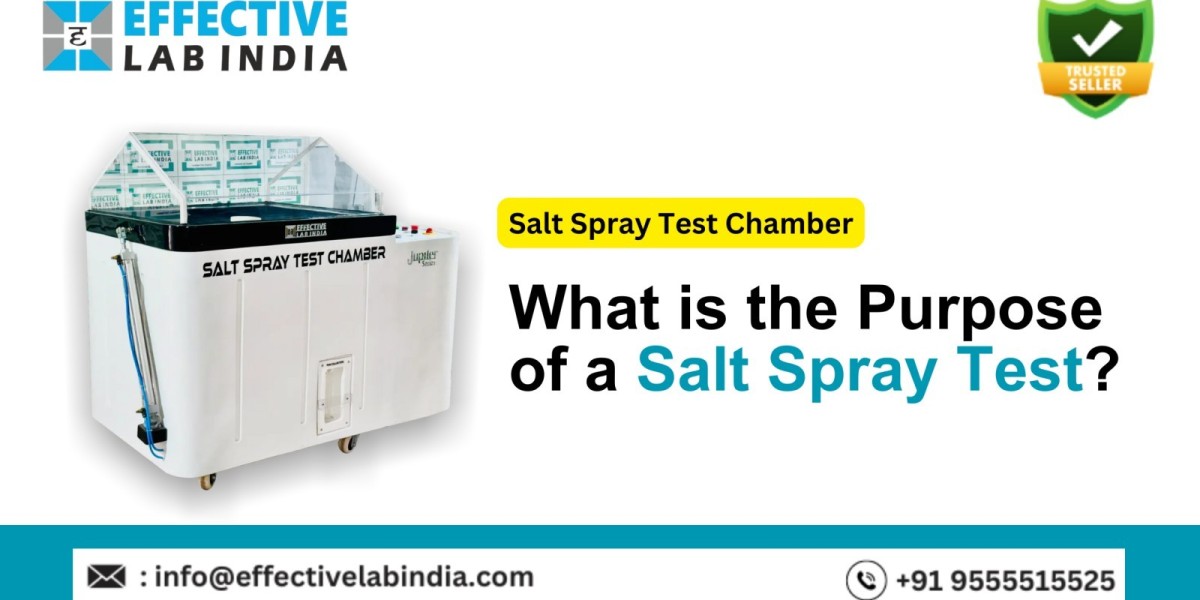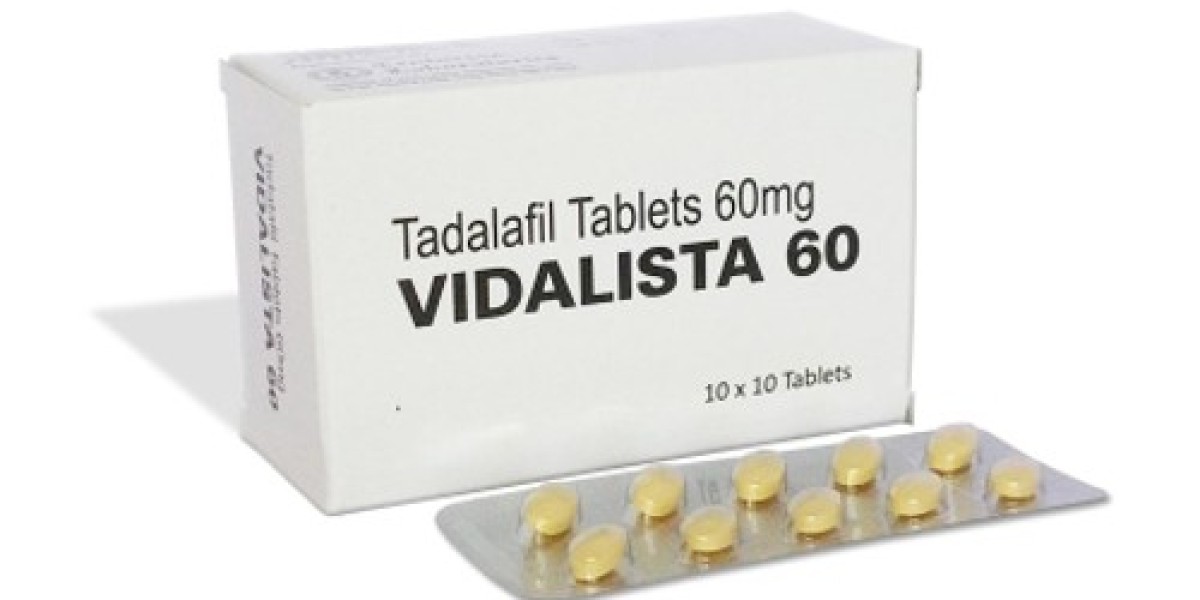Corrosion is a persistent threat to metals and coatings exposed to environmental conditions, particularly in industries where materials come into contact with salt water, humidity, and harsh weather. The salt spray test provides a controlled environment to assess how well these materials withstand corrosion over time. Understanding the purpose of this test is crucial for manufacturers, researchers, and engineers aiming to improve product durability and reliability.
What is a Salt Spray Test?
Purpose of a Salt Spray Test
The primary purpose of a salt spray test is to evaluate the corrosion resistance of materials. This includes metals, coatings, and finishes. It helps manufacturers simulate how their products will perform in corrosive environments. This is especially useful for areas like coastal regions or industries with common salt exposure.
Corrosion Resistance Testing
The test helps in determining the lifespan of protective coatings, metals, and other materials by exposing them to accelerated corrosion conditions. For example, automotive manufacturers use salt spray test chamber to ensure that car parts can withstand exposure to road salt in winter conditions.
Real-World Simulation
While the salt spray test accelerates the corrosion process, it mimics real-world conditions where materials would be exposed to salt, moisture, and humidity over a long period. This makes it an essential tool for quality assurance and product development.
The Salt Spray Test Process
The salt spray test involves placing a sample in a chamber where a fine mist of salt water solution is sprayed at regular intervals. The test continues for a specific duration, typically ranging from a few hours to several days, depending on the testing requirements.
Test Setup and Conditions
The test setup includes a salt spray chamber, where the solution, typically made of sodium chloride (NaCl), is heated and sprayed inside the chamber. The temperature, salt concentration, and humidity levels are carefully controlled to replicate corrosive conditions.
Duration and Evaluation
After the exposure period, the samples are evaluated for signs of rust, pitting, or any other forms of corrosion. These results help manufacturers determine the durability of their products.
Industries Relying on Salt Spray Testing
Several industries heavily rely on salt spray testing to ensure their products can withstand harsh environments:
Automotive
Car manufacturers use salt spray tests to assess the corrosion resistance of car bodies, chassis, and other components exposed to road salt and moisture.
Marine
The marine industry relies on salt spray testing for boats, ships, and marine equipment to ensure that they can endure prolonged exposure to seawater and salty air.
Electronics
In electronics, salt spray testing helps evaluate the corrosion resistance of components like circuit boards and connectors that may be exposed to saltwater or corrosive environments.
Advantages of Salt Spray Testing
Salt spray tests offer several advantages, making them a preferred method for corrosion evaluation:
Cost-Effectiveness
Compared to long-term real-world exposure tests, the salt spray test chamber is relatively inexpensive and provides faster results, allowing for quick decision-making.
Accelerated Results
By simulating years of corrosion in just a few days, salt spray testing offers an accelerated view of how materials will perform over time.
Limitations of Salt Spray Testing
Despite its advantages, the salt spray test has some limitations:
Differences from Real-World Conditions
Alternative Tests
Other tests, like cyclic corrosion testing (CCT), may be used alongside salt spray test chamber to provide a more comprehensive view of material performance under real-world conditions.
Salt Spray Test Standards
To ensure consistency and accuracy, several industry standards govern salt spray testing:
ISO 9227
The ISO 9227 standard outlines the methodology for salt spray testing, including the equipment, procedures, and evaluation criteria.
ASTM B117
ASTM B117 is another widely recognized standard for salt spray testing, commonly used in the automotive and marine industries.
Equipment Used in Salt Spray Testing
Salt Spray Chamber
Salt spray chamber come in various sizes and capacities, depending on the scale of the testing. They are equipped with nozzles that spray a fine mist of saline solution inside the chamber.
Solution Preparation
The salt solution is typically a mixture of distilled water and sodium chloride, with specific concentrations depending on the test’s requirements.
Factors Affecting Salt Spray Test Results
Several factors can influence the outcome of a salt spray test, including:
Temperature Control
Maintaining a consistent temperature inside the chamber is crucial for accurate results. Temperature variations can impact the rate of corrosion.
Humidity and Salt Concentration
Salt Spray Test for Coating Durability
One of the primary uses of salt spray testing is to evaluate the durability of coatings, such as paints, galvanization, or electroplating.
Evaluating Protective Coatings
Paint and Galvanization Tests
Role of Salt Spray Testing in Product Development
Salt spray tests play a critical role in the product development cycle by helping manufacturers identify weaknesses in materials and coatings before bringing a product to market.
Ensuring Material Longevity
By simulating years of exposure in a matter of days, salt spray tests ensure that materials and coatings can withstand corrosive environments over time.
Pre-Market Product Assessment
Before launching new products, manufacturers can use salt spray tests to assess whether their products meet industry standards for corrosion resistance.
Future Trends in Salt Spray Testing
As technology advances, the field of salt spray testing is evolving:
Technological Advancements
New developments in AI and automation are making salt spray tests more efficient and accurate, allowing for faster analysis and improved consistency in results.
AI and Automation
An automated salt spray chamber equipped with sensors can monitor test conditions in real-time, providing more accurate data and reducing human error.
Practical Applications of Salt Spray Testing
Product Improvements
Salt spray test results help manufacturers enhance their products by identifying areas where materials may need additional protection.
Competitive Analysis
Companies can use salt spray testing to compare their products against competitors’ offerings and identify strengths and weaknesses.
Conclusion
Salt spray testing is an essential tool for evaluating the corrosion resistance of materials, coatings, and finishes. From the automotive industry to electronics, this test helps ensure that products can withstand harsh environments. While it has its limitations, salt spray testing remains a cost-effective, reliable, and widely used method for assessing material durability.









